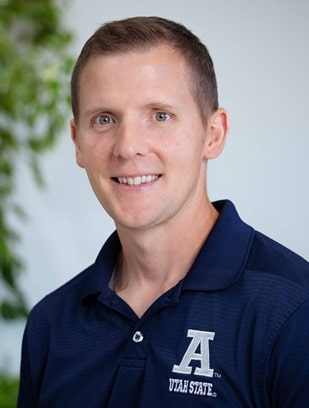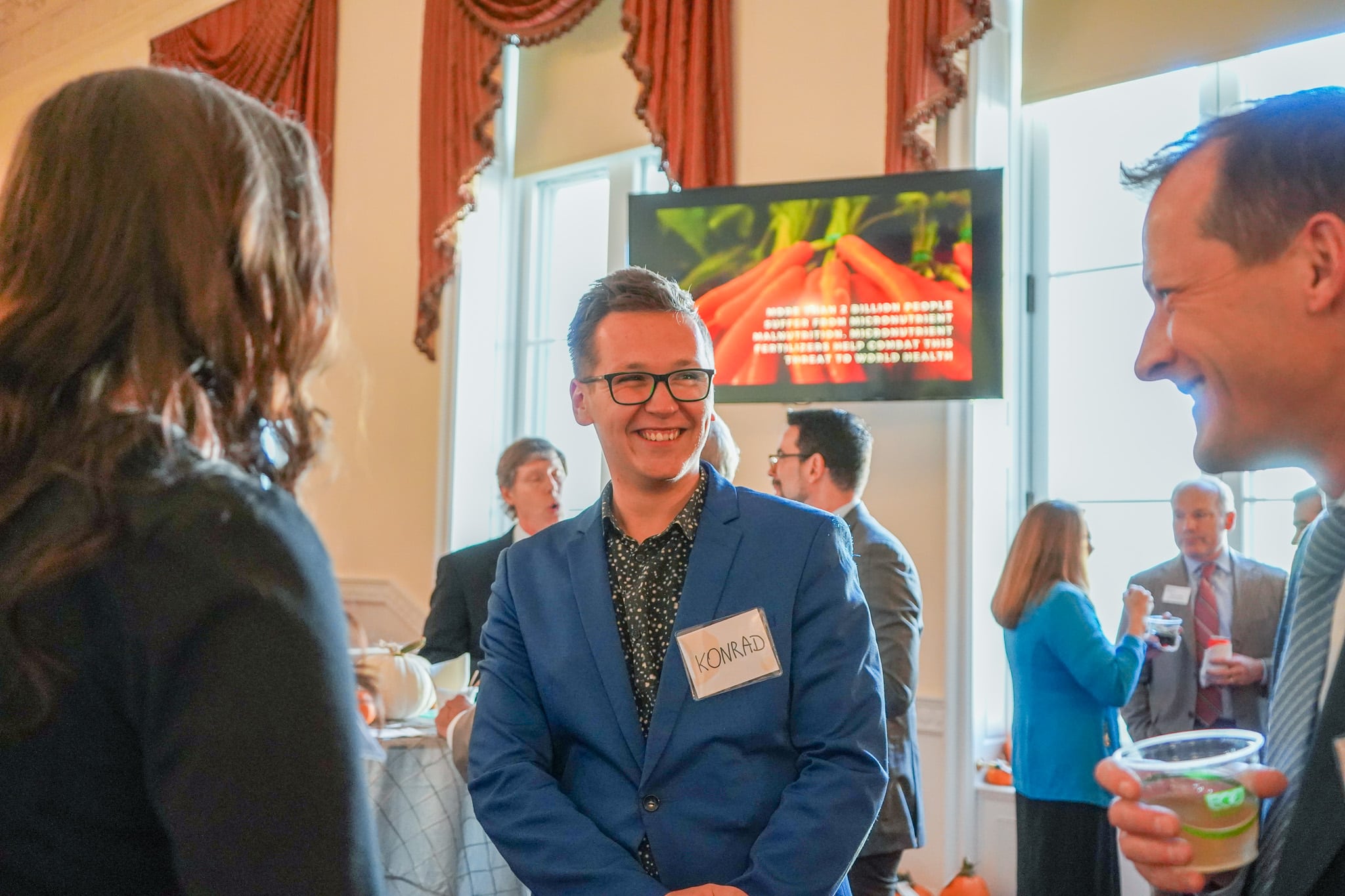The FERT Foundation is home to 12 research projects that focus on fluid fertilizer and 4R optimization. Each week we have been featuring a different researcher in this publication, and this week, we’d like you to meet 4R Researcher Dr. Matt Yost, and introduce his project of “Stacking and Intersecting Nutrient and Irrigation 4Rs.”
Researcher:
Researcher Dr. Matt Yost, Assistant Professor at Utah State University, has been leading the project “Stacking and Intersecting Nutrient and Irrigation 4Rs” funded from 2019 to 2024. This project explores how individual and stacked nutrient and irrigation 4R’s intersect to improve the sustainability of major forage, fruit, grain, and vegetable crops in the West. It addresses both priority cropping systems and priority issues outlined in the request for proposals. Four major efforts include producer surveys to quantify 4R adoption and barriers, five coordinated field experiments that utilize a new innovative way to evaluate stacking nutrient 4R’s across crops, utilization of three existing stacked irrigation 4R experiments to quantify how 90 water conservation treatments influence nutrient uptake and efficiencies, and a dynamic multi-state coordinated outreach program to improve adoption of nutrient and irrigation 4R’s. Intersecting nutrient and irrigation 4R’s will guide investments by growers and industry towards combinations that result in the most profitable and sustainable outcomes.
Dr. Yost’s work aims to:
- Determine western forage, fruit, grain, and vegetable producer’s attitudes, acceptance rates, and barriers to adoption of nutrient and irrigation 4R’s in order to better adapt and target Extension and outreach efforts
- Identify how individual and stacked nitrogen fertilizer 4R’s impact crop performance, water productivity, and environmental impacts
- Determine how individual and stacked irrigation 4R’s impact nutrient uptake and use efficiency
- Deliver dynamic educational products and training on nutrient and irrigation 4R’s through Extension and coordinated outreach.

